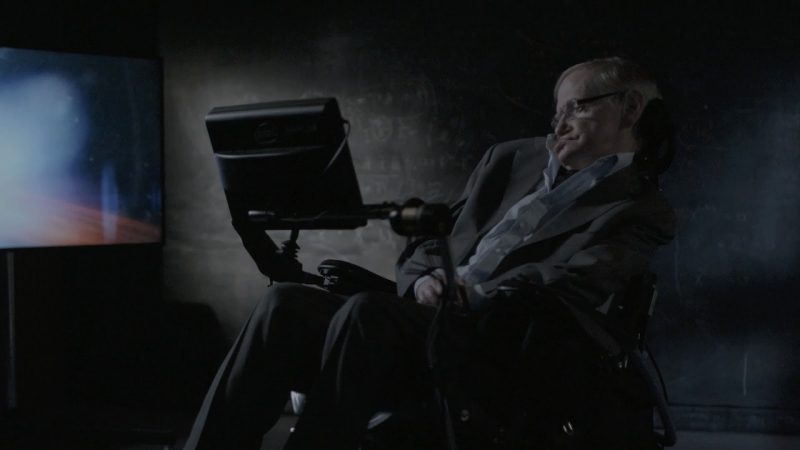The Story of Maths episode 4 – To Infinity and Beyond: Marcus du Sautoy concludes his investigation into the history of mathematics with a look at some of the great unsolved problems that confronted mathematicians in the 20th century.
After exploring Georg Cantor’s work on infinity and Henri Poincare’s work on chaos theory, he looks at how mathematics was itself thrown into chaos by the discoveries of Kurt Godel, who showed that the unknowable is an integral part of maths, and Paul Cohen, who established that there were several different sorts of mathematics in which conflicting answers to the same question were possible.
He concludes his journey by considering the great unsolved problems of mathematics today, including the Riemann Hypothesis, a conjecture about the distribution of prime numbers. A million-dollar prize and a place in the history books await anyone who can prove Riemann’s theorem.
The Story of Maths episode 4 – To Infinity and Beyond
Henri Poincaré
Jules Henri Poincaré was a French mathematician, theoretical physicist, engineer, and philosopher of science. He is often described as a polymath, and in mathematics as “The Last Universalist,” since he excelled in all fields of the discipline as it existed during his lifetime.
As a mathematician and physicist, he made many original fundamental contributions to pure and applied mathematics, mathematical physics, and celestial mechanics. In his research on the three-body problem, Poincaré became the first person to discover a chaotic deterministic system which laid the foundations of modern chaos theory. He is also considered to be one of the founders of the field of topology.
Poincaré made clear the importance of paying attention to the invariance of laws of physics under different transformations, and was the first to present the Lorentz transformations in their modern symmetrical form. Poincaré discovered the remaining relativistic velocity transformations and recorded them in a letter to Hendrik Lorentz in 1905. Thus he obtained perfect invariance of all of Maxwell’s equations, an important step in the formulation of the theory of special relativity. In 1905, Poincaré first proposed gravitational waves (ondes gravifiques) emanating from a body and propagating at the speed of light as being required by the Lorentz transformations.
Paul Cohen
Cohen is noted for developing a mathematical technique called forcing, which he used to prove that neither the continuum hypothesis (CH) nor the axiom of choice can be proved from the standard Zermelo–Fraenkel axioms (ZF) of set theory. In conjunction with the earlier work of Gödel, this showed that both of these statements are logically independent of the ZF axioms: these statements can be neither proved nor disproved from these axioms. In this sense, the continuum hypothesis is undecidable, and it is the most widely known example of a natural statement that is independent from the standard ZF axioms of set theory.
For his result on the continuum hypothesis, Cohen won the Fields Medal in mathematics in 1966, and also the National Medal of Science in 1967. The Fields Medal that Cohen won continues to be the only Fields Medal to be awarded for a work in mathematical logic, as of 2018.
Apart from his work in set theory, Cohen also made many valuable contributions to analysis. He was awarded the Bôcher Memorial Prize in mathematical analysis in 1964 for his paper “On a conjecture by Littlewood and idempotent measures”, and lends his name to the Cohen–Hewitt factorization theorem.
Cohen was a full professor of mathematics at Stanford University. He was an Invited Speaker at the ICM in 1962 in Stockholm and in 1966 in Moscow.




